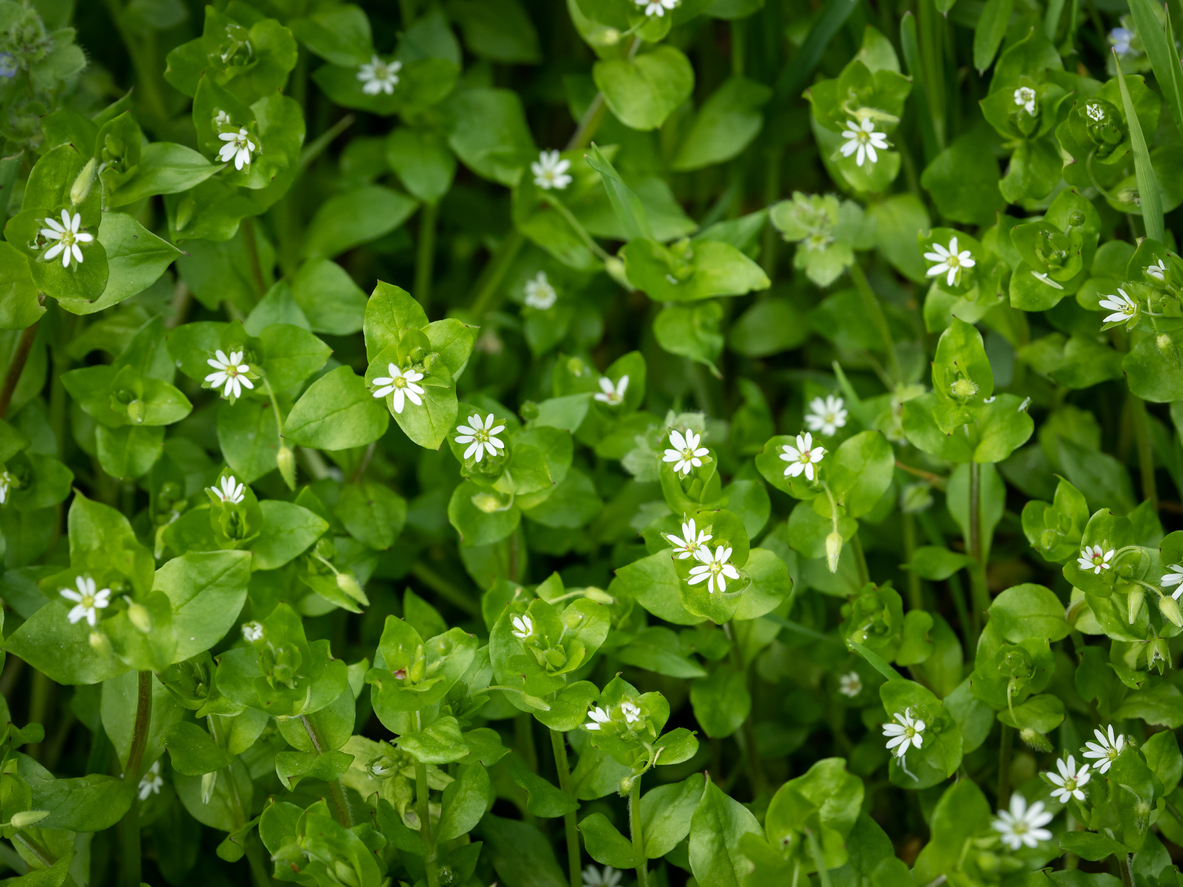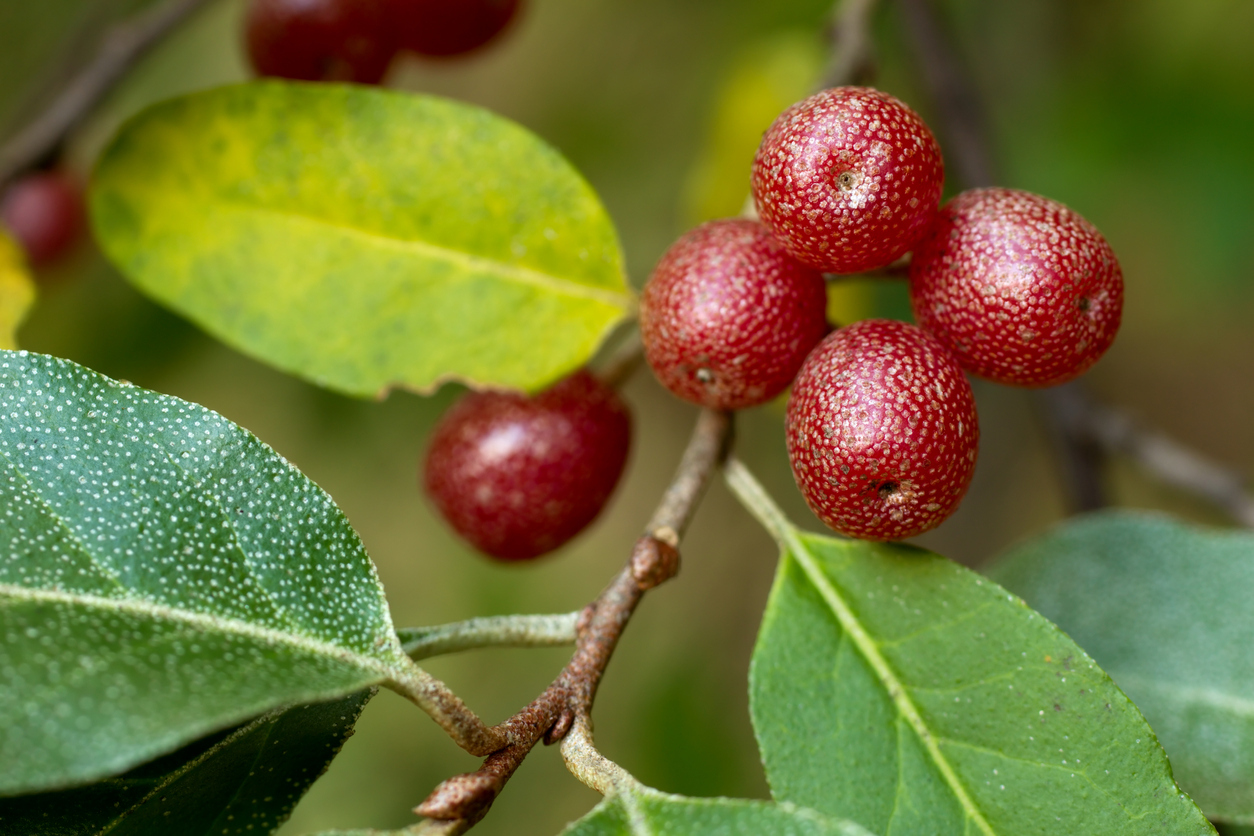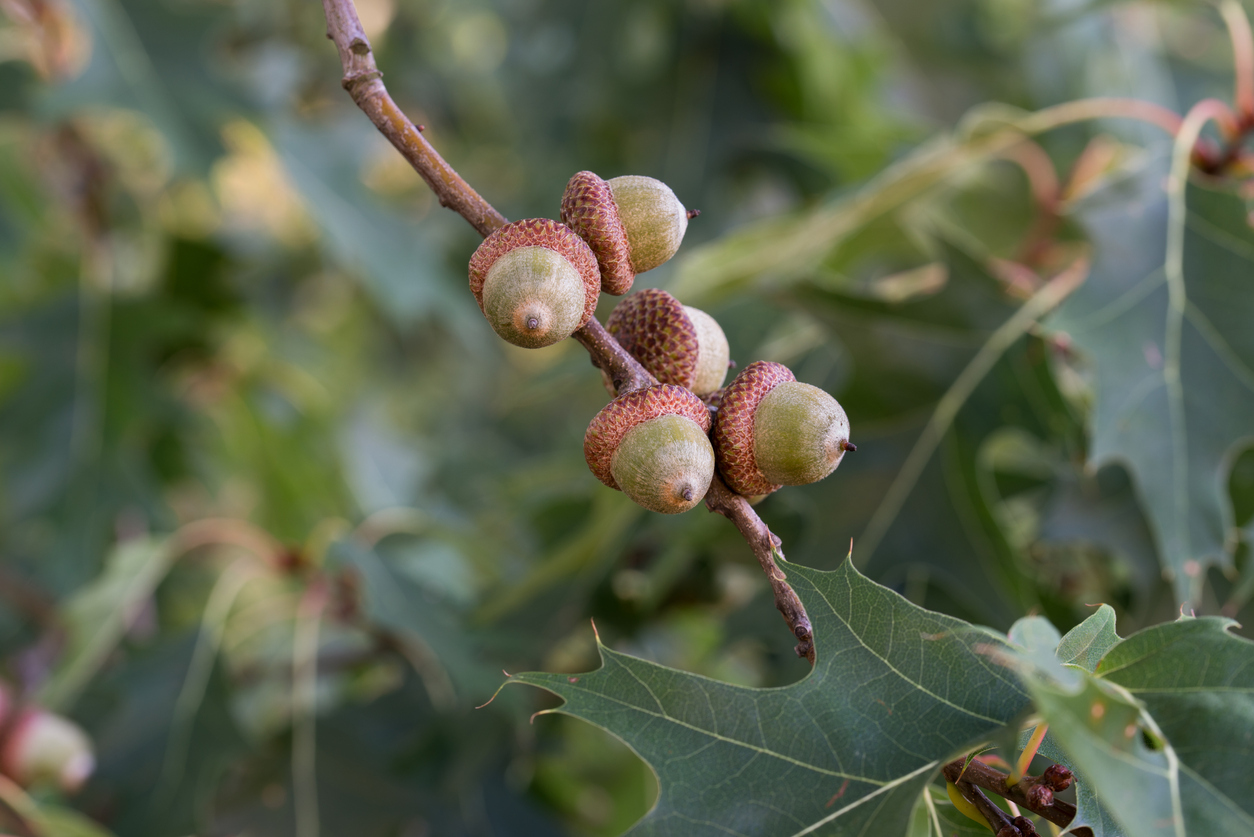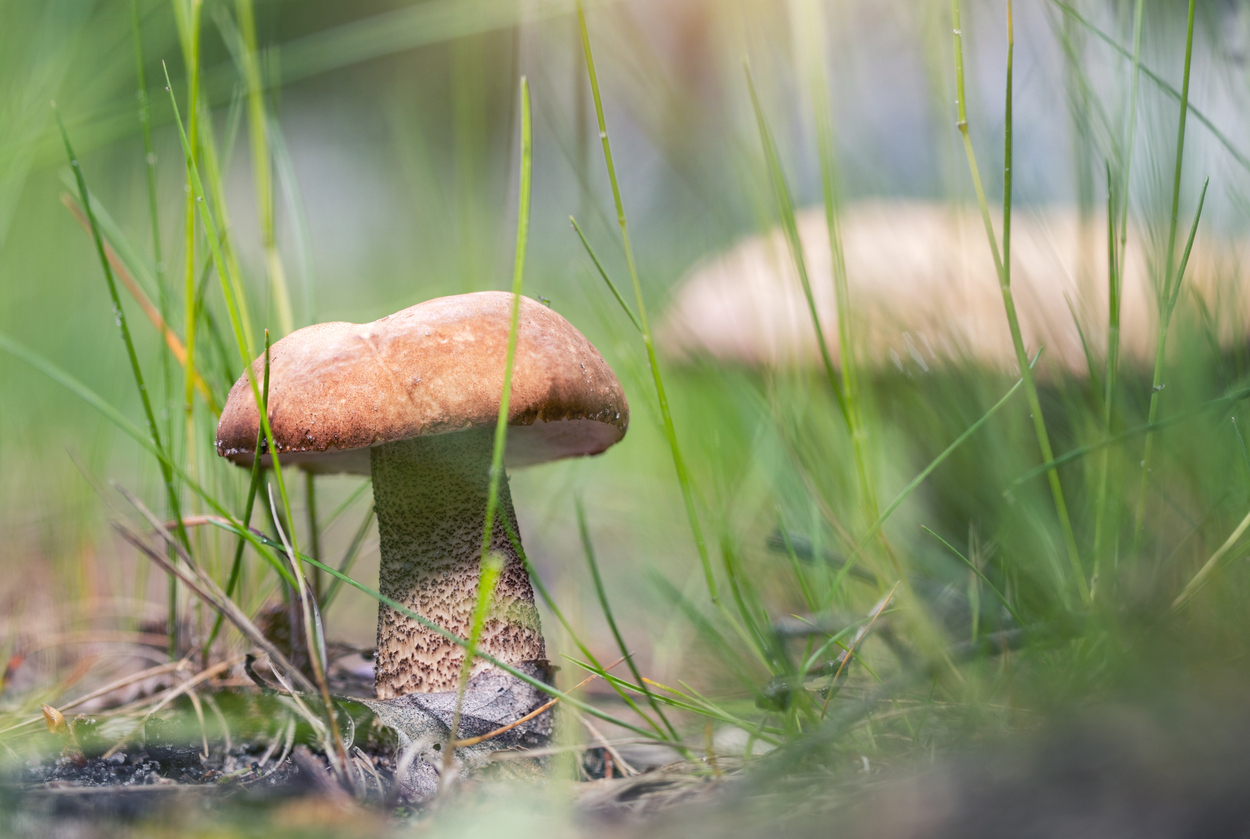
Every fall, I have to fight the basic human instinct to stop and pick every piece of low-hanging fruit I see. A handful here or there is fine if you just need a snack, but if your goal is to stock the pantry or even make a small batch of jam, try not to be seduced by every solitary plum and spend your precious time looking for bumper crops instead. My motivation this time of year is to have a well-rounded winter larder with usable amounts of various foods and flavors. No matter what your winter food goals are, it helps to be familiar with the heavy-hitters of the fall wild food groups.
The foraging calendar begins in spring with roots, shoots, and young greens. Summer is all about peak greens, flowers, and early fruits. Fall is the grand finale with heavy fruits, nuts, seeds, bulk greens, mushrooms, and a return to roots. My approach to having a diversified pantry is to spread my foraging efforts evenly across these “food groups” when possible. With that said, I’m not going to walk away from a honey hole of apples just because I was hoping for acorns. Any food in hand is worth two in the bush.
 Common chickweed.
Common chickweed.
Greens I like to begin with greens so I don’t risk losing them to an early frost. By this time of year, many wild greens have developed intense flavors or have gotten too fibrous to eat in a salad, so I make the most of them as herbs, teas, and especially green sauces. I like to cut all of my garden herbs each September for making big batches of pesto, chimichurri, herbed butter, bouillon base, and hot sauce. My basil, parsley, cilantro and such usually don’t amount to much in mass, but I’ve got plenty of garden weeds to bulk things up.
I use common weeds like dandelion, chickweed, mallow, wild spinach, and sorrel to add body and nutrition to my green sauces with the strong flavors of my less abundant garden herbs. Read more about how to make the most of the wild greens in your backyard here.
 Autumn olive berries.
Autumn olive berries.
Fruits Few things are prettier than a bough bending under the weight of its own fruit, and aside from summer berries, most of them ripen in fall. Apples, plums, and grapes are a familiar trio that are not only cultivated but have many native and feral kin that bear a strong resemblance.
Picking feral fruit that you feel comfortable identifying is an easy way to dip a toe into foraging and fills a lot of canning jars for folks who don’t have space or money to grow their own. Autumn olive is one of my favorite fall fruits that you’ve likely seen in a field or abandoned lot near you but maybe never thought to eat.
Autumn olive (Elaeagnus umbellata) is the perfect candidate for filling the freezer because it’s classified as one of the most successful “non-native invasive” plants in our country, meaning you can pick fruit without worrying about negatively impacting the ecosystem. In the fall, look for large shrubs in anthropogenic open spaces with shiny, metallic leaves and limbs weighed down with clusters of small red fruit speckled with the same metallic sheen as the leaves. The fruit is astringent right off the bush, especially if underripe, so get into the mindset of a kid about to eat their first sour warhead. I really enjoy the flavor, but if you don’t, rest easy, it mellows with cooking. I use autumn olives as a tangy little tomato to make a killer ketchup or barbecue sauce, and their jam and fruit leather are unmatched in flavor and super easy to make.
 Red oak acorns.
Red oak acorns.
Nuts Having nuts in the pantry is the plant equivalent to having meat in the freezer. They’re a nearly perfect food of carbohydrates, oils, and proteins, all packaged inside a shell that keeps them shelf-stable and travel-friendly for years. The temperate deciduous forests of eastern North America have historically been the nation’s bread and butter, with chestnut, oak, hickory, pecan, black walnut, beech, butternut, and hazelnut dominating the landscape. The west also has a handful of native nut trees, and what they lack in hardwoods, they make up for with nut-bearing pines.
All of these nuts are so beloved as food that we can now find them at market—all except the acorn, so it’s the one I’m most excited to collect for myself. Oaks are the most widely distributed of our nut trees, so there’s a good chance of finding acorns near you, even if it’s a single tree in a city park. Acorns are a familiar sight to most of us, and we could probably call them by name as soon as we could toddle around the yard. Acorns are edible, and identifying them is easier than it is with many other wild foods. To many homeowners and landscapers, they’re nothing but a nuisance that requires raking and hauling away every fall. This presents a unique opportunity to the urban forager to collect large quantities of food while also doing their neighbor a favor.
Acorns are not delicious right off the tree, and this is likely what started the modern misconception that they’re inedible. They require a process called “leaching” to make them edible, but all that takes is water and time. Luckily humans have been eating acorns and documenting the process for millennia, so the leaching methods are an easy internet search away, and I’ll be talking more about my own process here, too. You can collect your nuts now and do it at a leisurely pace all winter since the acorns store at room temperature in the shell.
I recently finished leaching a batch that I used in place of hominy in a pozole rojo with squirrel, wild turkey legs, and maitake mushrooms. Today is opening day of small game season in Maine and I’m well fed to head back into the oak woods—not just for squirrel, but acorns, too. While I’m out there, you can bet I’ll also be looking for one of my favorite fall mushrooms, the maitake, an age-old pairing.
 Porcini mushroom.
Porcini mushroom.
Mushrooms Maitake (Grifola frondosa), also known as Hen of the Woods, is a fall favorite because it checks so many boxes for me. It’s a choice edible and renowned medicine, it grows abundantly in habitats that I’m already frequenting, it’s easy to identify, and the fruiting bodies can be massive. There are plenty of other fall mushrooms with one or two of these qualities, but having all of them in one, big, beautiful package is hard to top. I start scanning the bases of oak trees for Maitake in September and I don’t stop until late November. You want to look for brown/gray rosettes ranging from the size of a fist to a 50-pound beach ball. The rosettes are cloud-like clusters of small, leafy caps with white pore surfaces, emerging from a single, short stalk that anchors it around the base or roots of the tree. They can occur on other hardwood trees, but I have never seen them on anything other than oak. When I’m lucky enough to haul one home to the kitchen, my favorite ways to celebrate (after thoroughly brushing off the dirt) is to either peel off a pile of “leaves”, dust in acorn flour and pan-fry, or slice off a big slab steak and sear in a cast-iron skillet with butter and herbs.
There is a head-spinning cornucopia of other fall foods to be excited about: black trumpets, lion’s mane, boletes, hedgehogs, matsutake, rose hips, cranberries, nannyberries, groundnuts, sunchokes, and so many more are always on my radar. Whatever seems to be most abundant is what I’m going to spend my time on—it’s a “love the one you’re with” kind of thing.
Acorns, autumn olives, backyard greens, and maitake mushrooms have given me more bushels of food over the years than most. Whatever your favorite fall pursuit is, bring more baskets the next time you head out.





Conversation